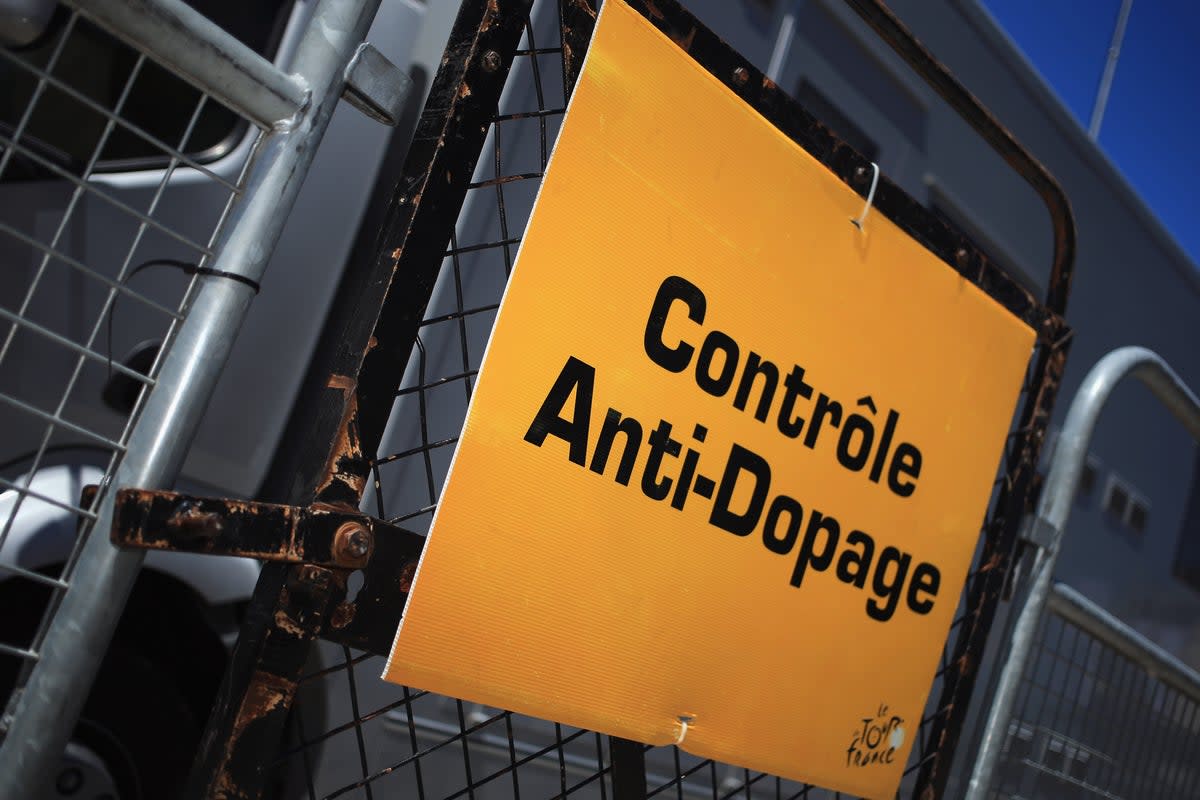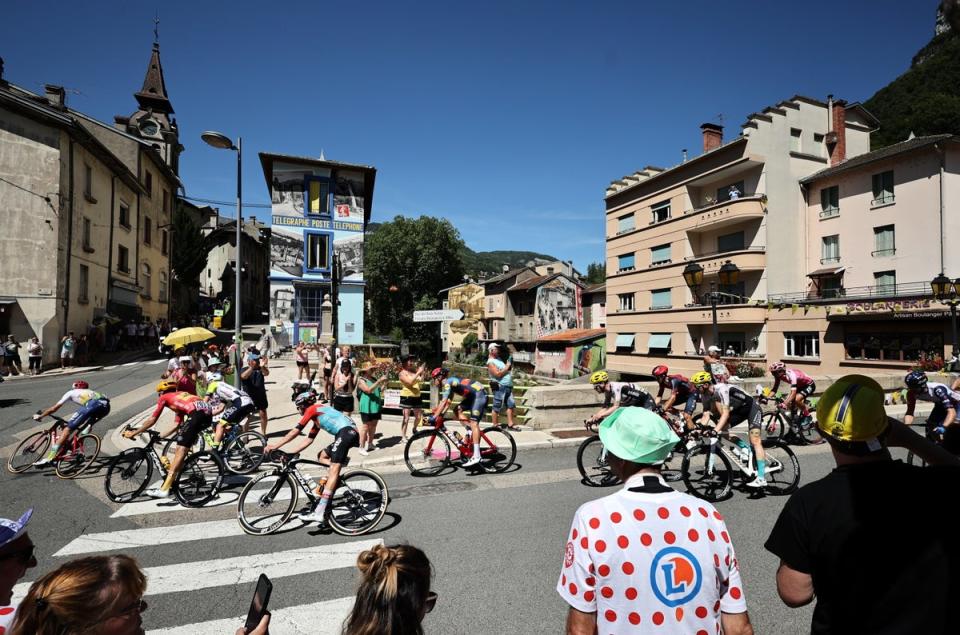How drug testing works at the Tour de France

The 2024 Tour de France is subject to “one of the most comprehensive anti-doping programmes” ever implemented, according to the International Testing Agency (ITA) in charge.
Cycling’s governing body, the UCI, delegated responsibility for its anti-doping operation to the ITA four years ago.
Here is a closer look at how drug testing works at the Tour.
What does the ITA do?
According to the UCI: “the ITA is in charge of the overall anti-doping strategy, which includes the definition of an innovative and intelligence-led testing plan. This plan is applied on the basis of a risk assessment that takes into account a wide variety of relevant factors whilst constantly adapting to new circumstances or information if necessary.
“The testing plan also considers any relevant information received through the monitoring of the athletes’ Athlete Biological Passports (ABPs) – which include new features implemented by the ITA, such as the endocrine module that can indicate the use of Human Growth hormone (HGh) – or gathered by the ITA’s Intelligence & Investigations Department.”
How often are the riders tested?
All doping controls at the Tour de France are targeted and performed at any time throughout the three-week race, not only at the finish line. At every stage, the yellow jersey and stage winner is tested. This year, all samples will primarily be sent to the World Anti-Doping Agency (Wada)-accredited anti-doping laboratory in Lausanne, Switzerland.
While around 600 blood and urine samples will be collected during the race, the period prior to the Tour de France is also key to guarantee a level-playing field during the race. Therefore, the ITA will have conducted around 400 out-of-competition tests in the month leading up to the event.
Samples are kept for 10 years for potential re-analysis.

How big is the operation?
More than 40 sample collection personnel and ITA staff will be involved in the coordination and execution of the controls conducted on all participants in Florence, Italy, before the Grand Depart of the Tour de France. Doping controls throughout the race will mainly be conducted by the ITA’s own sample collection personnel, composed of 10 doping control and blood collection officers with in-depth cycling experience.
For the roll-out of the anti-doping programme, the ITA collaborates with the French National Anti-Doping Organisation (AFLD), which will offer the support of its doping control personnel. Chaperones, tasked with notifying riders that they have been selected for testing and accompanying them to the doping control station, will be provided with the support of the private specialised agency Sports Ethics.
The ITA is also in close contact with other relevant French and international actors, for example with authorities at different sectoral levels, for support and information-exchange.
How much does drug testing cost?
The ITA has a two-year budget of €10m. This funding principally reinforces the areas of Intelligence & Investigations, testing, scientific research, data analysis, long-term sample storage and sample re-analysis.
What does the ITA say?
The director general of the ITA, Benjamin Cohen, said before this Tour: “At the ITA, our commitment to protecting the integrity of sport is unwavering. For the 2024 Tour de France, we are implementing one of the most comprehensive anti-doping programmes to date.
“By taking advantage of advanced technologies, such as the endocrine module of the Athlete Biological Passport, and working closely with the French and Italian authorities, we aim to ensure a level playing field. Thanks to the increased resources provided by cycling stakeholders, we have strengthened our testing, intelligence and scientific capacities.
“Our rigorous, intelligence-led approach will not only preserve the spirit of fair play during the Tour de France, but will also deter riders from doping in the future, thanks notably to the storage and re-analysis of samples. This is a crucial step in our ongoing mission to foster a clean and fair competition environment for all riders.”

 Yahoo News
Yahoo News 
